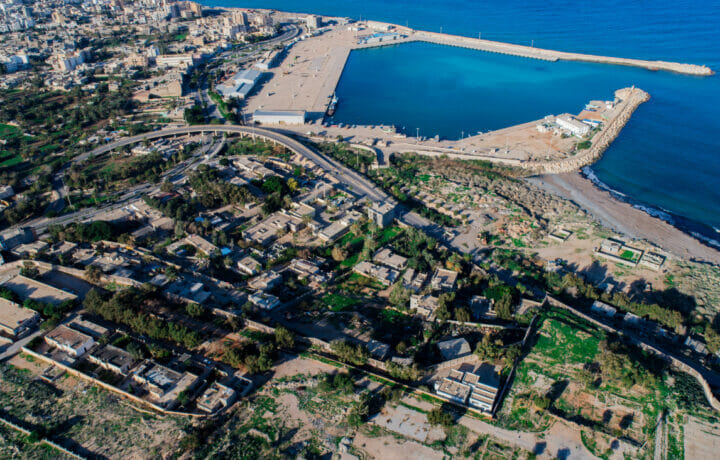“Starting on September 11, 2012, al-Qa’ida carried out a series of terrorist attacks on the U.S. Consulate and CIA Annex in Benghazi, Libya, killing four Americans, including U.S. Ambassador Christopher Stevens. With over 150 attackers at the Consulate alone, the attack was the largest terrorist attack on a U.S. diplomatic mission in history. And yet, the case remained unsolved. The terrorists were never brought to justice because they had not been identified until now.”
Life as a Targeting Officer at the CIA
Sarah Adams didn’t envision herself a CIA officer working in a terrorist hotbed when she was in college. She found her way into the CIA analyst world in 2006 due to her niche understanding of a critical Asian region. She later found herself entering a new field of expertise in the CIA when she learned about the budding “targeting officer” specialty. Both times, Sarah saw an opportunity with the CIA, she took her best shot, and it paid off.
For the uninitiated, a targeting officer spends their time helping the CIA to find, capture, detain, and debrief bad actors, or find valuable persons that can help America collect intelligence. The certification course is between 3 to 4 months long.
When working in the operations side of the house, targeters help case officers find better targets. They can help analysts identify their gaps in information, and help them understand the operational side of the house. They also help train CIA members in targeting tradecraft, a skill that is also valuable in the business world.
Libya 2012
Fast forward to Libya in 2012 where Sarah was working to help find targets in a very volatile situation. She worked closely with many of the people who became well known to Americans due to the media and Hollywood treatments of the event. The day of the attack Sarah was on a brief trip to Europe and quickly flew back to Libya as soon as she made contact with a colleague locked in a firefight to protect the annex.
Upon returning, she worked with the FBI team sent to investigate the deadly attacks. She quickly realized the CIA and FBI were not cooperating to analyze the failures that led to the attacks. To Sarah, neither seemed overly concerned with finding the actual terrorist attackers and bringing them to justice
In 2014 the congressional Benghazi committee recruited Sarah out of the CIA to help them understand what happened so they could advocate for the necessary changes following such a deadly attack. But again, she quickly realized the partisan DC setting was also a bad place to get justice. In fact, the committee didn’t even have bringing the terrorist attackers to justice in their mission.
From CIA to Author
This lack of justice would take Sarah onto her next career shift— book author. In Spring of 2015 Sarah reached out to her colleague “Boon” who was also interested in bringing the terrorists he fought to justice. You may recall his role in Benghazi by his portrayal in the 13 Hours film by Pam’s first fiancé in “The Office;” his real name is Dave Benton.
Soon these two reluctant writers, embarked on the mission of identifying the terrorists who attacked and murdered Americans on that September 11 day. As they compiled baseball cards (graphic products of key intelligence about a person) on each of the terrorists, they quickly realized that the number of attackers was much larger than anyone suspected. They estimate that over 150 terrorists actively took part in the attacks.
Baseball card example
Al Qaeda at Work
In their book they dutifully identify over 100 of these attackers. Shockingly, they realized that there were at least 30 Al Qaeda terrorists among the attackers.
They also describe how two different terrorist groups conducted the two separate attacks on the consulate and then the annex. The consulate was attacked by Al Qaeda terrorists. The annex was attacked by the Libya Shield group which would later be pulled in under the AQ umbrella due to their efforts.
The book explores the depth of the familial and terror network connections among the terrorists. Sarah believes readers should understand why it’s important to target, jail, and debrief the attackers and bring these terrorists to justice. She also warns that because of the involvement of ISIS in Libya, America will have to become more involved again. She warns us that the current threat to U.S. persons in Libya are not Russians, they are terrorists.
Sarah learned many lessons on the journey from Benghazi to becoming an author. First that “politics should not be part of national security investigations” Second, that “the FBI does not have the resources or skills to investigate overseas attacks of this magnitude.” Finally, she wants us to remember that it is easy to get complacent overseas, noting that until the attacks occurred, they were not even aware that AQ had built a training center in the area they were operating.
A self-funded effort to help the world bring these terrorists to justice; I highly recommend this book.





